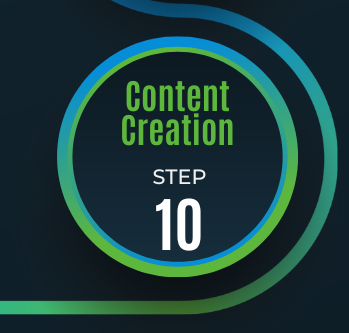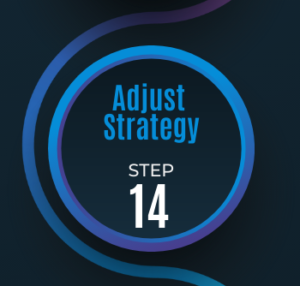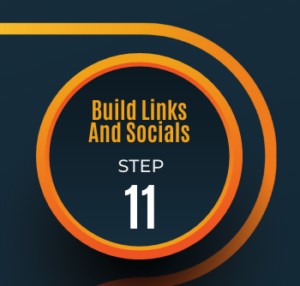
Steps of SEO: 7 Choose Your Keywords
Effective SEO requires selecting relevant and valuable keywords, prioritizing high-potential options, and integrating them strategically into website content. Ongoing monitoring and refinement are key.



Effective SEO requires selecting relevant and valuable keywords, prioritizing high-potential options, and integrating them strategically into website content. Ongoing monitoring and refinement are key.

Discover tips to adjust your SEO strategy, including reviewing your keyword research, optimizing your content, and improving your website’s user experience for better visibility and more traffic.

Building high-quality backlinks and engaging with your audience on social media are crucial for SEO success, and require creating valuable content and consistent effort.